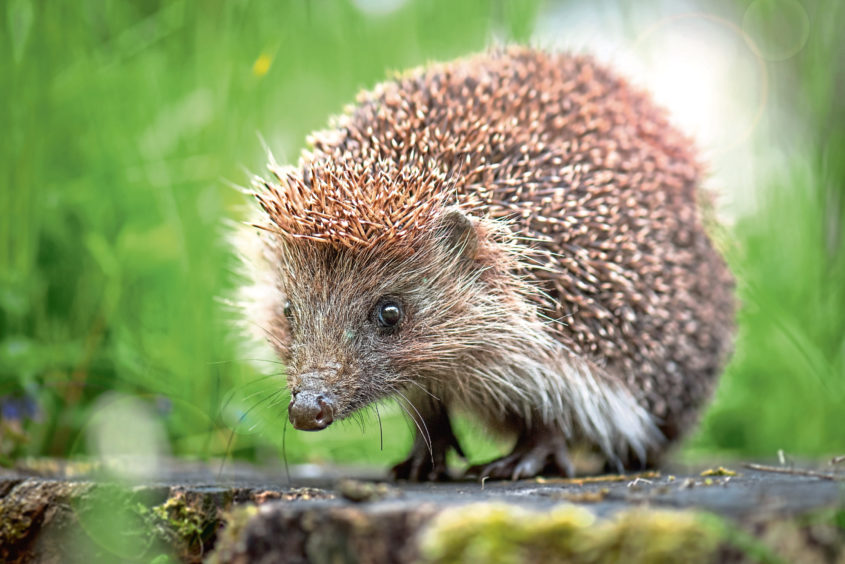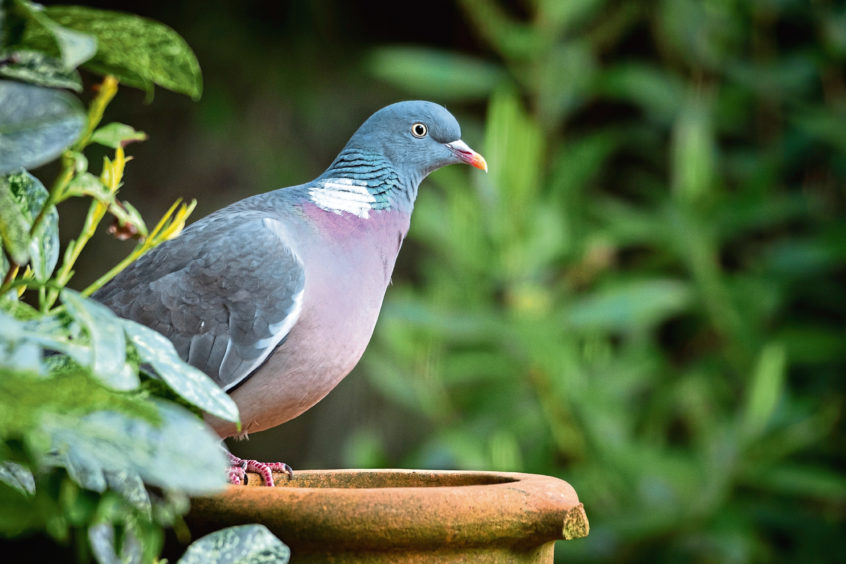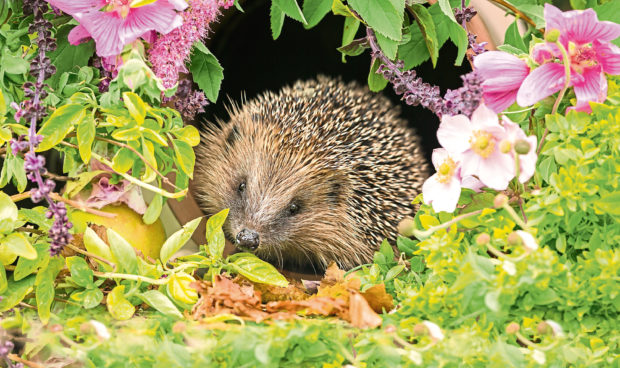It is estimated that there are 24 million gardens in the UK, providing an important sanctuary for wildlife. They also provide crucial corridors for connecting different wild habitats.
A queen buff-tailed bumblebee hovering low over the ground in search of a nesting hole, while on a nearby ash, a treecreeper spirals its way up the trunk, before flying over in a short undulation to an adjacent tree.
Wonderful and so relaxing to watch; nature going about its business and brimming with spring abundance. But this is neither wooded glade nor forest edge – instead, I’m sitting on a seat in my garden, soaking-up its wildness and beauty.
For those of us lucky enough to have a garden during the coronavirus lockdown, then it is a wild sanctuary we must all appreciate for the sake of our mental wellbeing. In many instances, a garden can contain more diversity of life over a small piece of ground than a similar area of wild land. If you don’t own a garden, any local park or urban green space will hold a similar variety of wildlife to enjoy.

Think a typical garden, then think open lawn, flowering shrubs, perhaps a hedge, and certainly numerous nooks and crannies in the paving stones for invertebrates to seek shelter. A blackbird could be nesting in that laurel, or a dunnock in the berberis. And then there is the miracle of those daisies that keep on popping back into their white-flowering magnificence each time the lawn is cut.
My garden is small, but I love it like no other place in the world, for there is so much to see. In recent days, I’ve seen comma butterflies with their vibrant colour and scalloped wing-edges, blue tits prospecting a nest box, and a little bee-fly with an impossibly long proboscis hovering in the air.
As dusk takes hold, I prowl the garden like a restless soul looking for flitting bats and scuttling hedgehogs. And, as night falls, I’m reluctant to head indoors, such is the peace and tranquillity of this gentle blanket of darkness.

One garden bird which has become a great favourite of mine over the last few weeks is the woodpigeon. They are so charismatic, and it is wonderful to watch their courtship. Sometimes the male flies above the garden in a wide looping flight, clapping his wings together on the highest part of his trajectory, as if to say to a nearby female – look at me, I’m the perfect mate.
At other times, the male and female sit together on the bough of a sycamore as he gently nibbles her neck. They have now built a nest in the neighbour’s ornamental conifer, and every so often, the female will appear by the edge of its green embrace, to watch the world’s happenings down below whilst having a short rest from the chores of incubating eggs.
Woodpigeons are ubiquitous and one of those creatures we tend to take for granted, but by taking a closer look, a most fascinating bird is unveiled that enthrals at every turn.
GOVERNMENT REGULATIONS
Please adhere to government guidelines in all outdoor activities.










